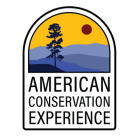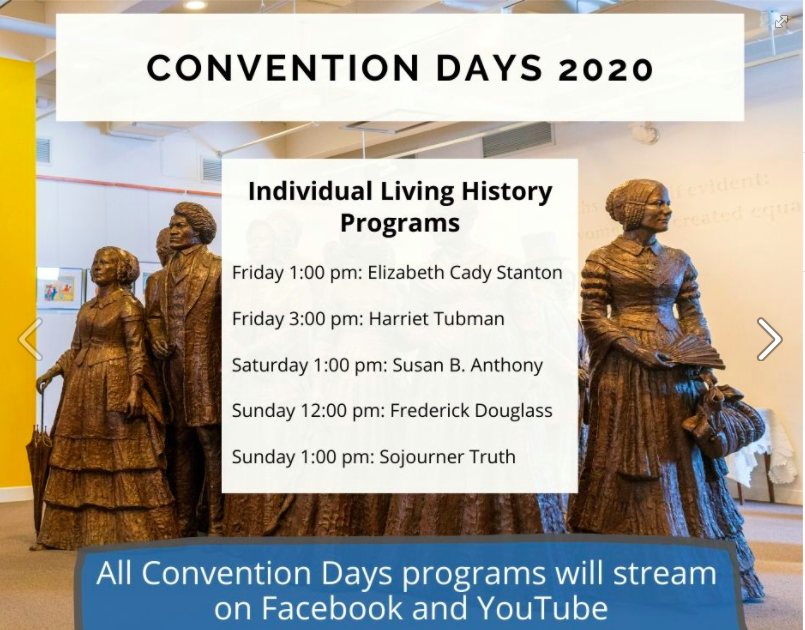Establishing my Final Project: Mapping Lost Communities in Delaware
By: Taylor Brookins
A major aspect of my internship with the National Park Service’s NorthEast Regional Office was to come up with my own self guided final project. The only stipulations were that this project needed to be translated into a digital humanities format, that it had to touch on an aspect of Delaware history, and that it needed to align with the “Telling All Americans’ Stories” initiative. “Telling All Americans’ Stories” is a National Park Service initiative that aims to tell more diverse and inclusive stories about American History and the American experience. The topics within this initiative include; African American Heritage, American Latino Heritage, Asian American and Pacific Islander Heritage, Disability History, European Heritage, Indigenous Heritage, LGTBQ Heritage, and Women’s History.
Upon hearing that I would get to decide my own final project, I was very excited. However, this task proved to be more difficult than I expected. There was so much I could do for this project and so much Delaware history I could choose to highlight. After really delving into the resources provided to me by the NorthEast Regional Office, I decided on two things that would bring my final project into fruition. One, the digital humanities platform I would use would be StoryMaps and two, the topic of my project would be on free black communities living in Delaware. I decided to use StoryMaps as the platform for my digital humanities project because I thought it would really help in connecting the “Telling All Americans’ Stories” initiative, my research efforts, and my new findings into one cohesive platform. Story maps combine spatial data with multimedia content (such as text, photos, video, and audio) into an elegant user experience.

Example Story Map © National Park Service
For the topic of my final project and what a majority of my research during my internship will touch on is Delaware’s Free Black Communities. I decided on this topic after surveying the resources from the NorthEast Regional Office and seeing how much information was not being utilized about these free black communities residing in Delaware. Delaware was notorious for having one of the largest free black populations. By the mid 19th century, Delaware was home to more than 35 free black communities. This project will help to identify and map the locations of some of these towns using StoryMaps. Although many of the physical properties are no longer standing, identifying the areas in which these communities stood helps to further the knowledge of the experiences of free blacks living in Delaware during the antebellum period and the post civil war period. This project will (1) identify the locations of these communities via StoryMaps, (2) identify surviving structures of these communities (3) tell the stories of particular residents.
I am very excited to continue doing research for this final project and have already identified five free black communities that I want to map and describe the history of.

Norwood House: a house listed on the National Register of Historic Places that was once a part of the free black community of Belltown, Delaware

